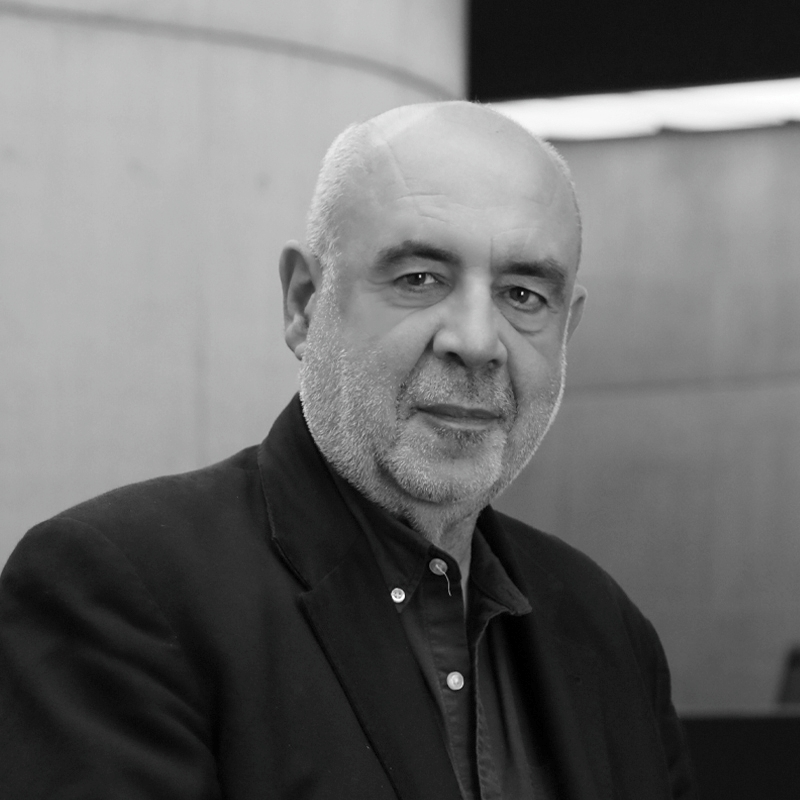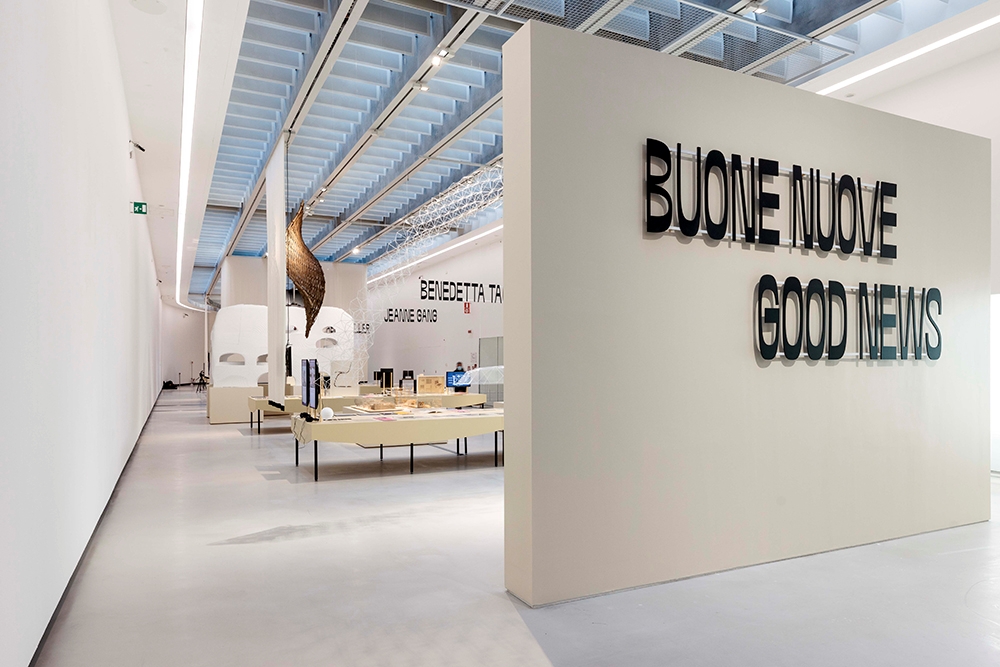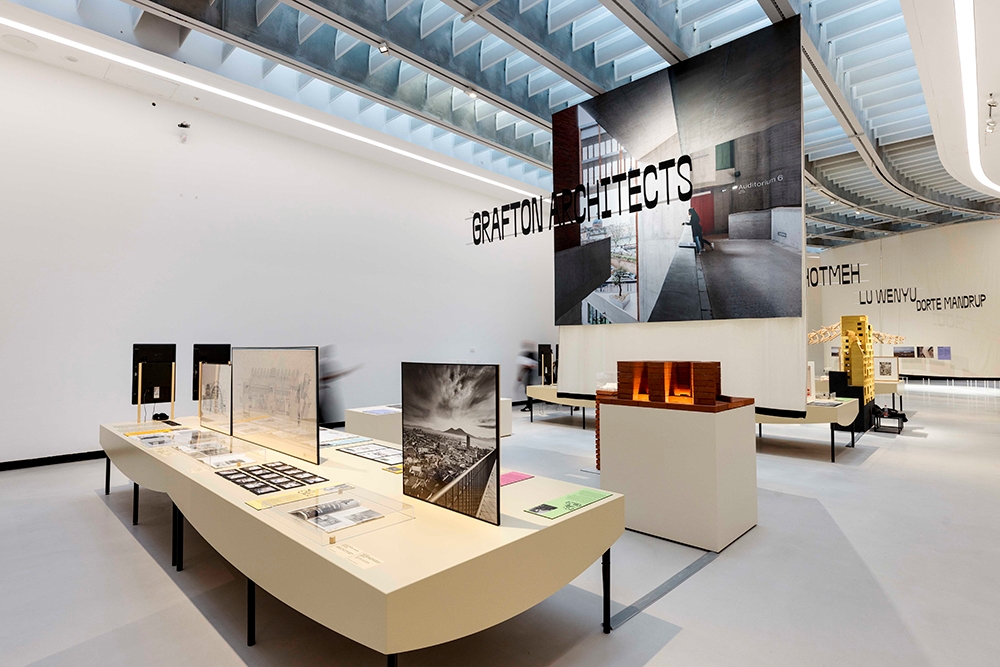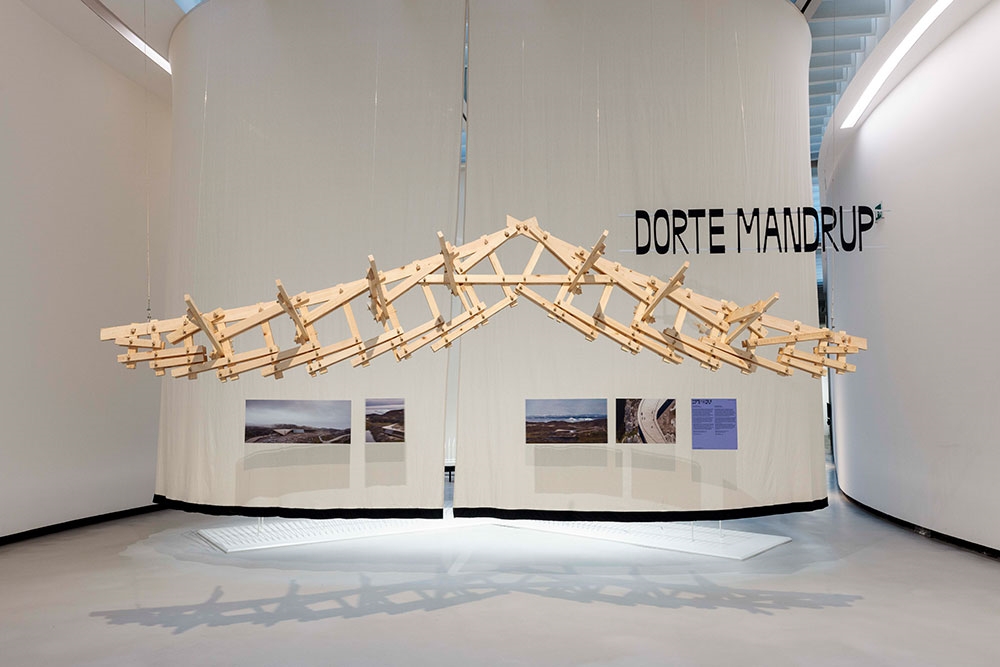Exhibition that Focuses on the Influence of Women in Architecture
Buone Nuove Women Changing Architecture Exhibition ongoing at Msheireb HQ, Doha spotlights the transformative influence of women architects worldwide. By Mubeena Mohammad Ali
In order to articulate the narratives to an international audience, Pippo Ciorra, Elena Motisi, and Elena Tinacci from MAXXI, the National Museum of 21st Century Arts in Rome, curated ‘Buone Nuove: Women Changing Architecture.’ Produced by the Italian Ministry of Foreign Affairs and International Cooperation in collaboration with the Museum’s Foundation, the exhibition is on the ground floor of Msheireb Headquarters and is open until August 19.
The exhibition aims to highlight the work of female architects and designers, showcasing their achievements and their transformative impact on modern and contemporary architecture. During the opening ceremony, Paolo Toschi, the spokesperson, the Italian ambassador to the state of Qatar, and Ali al-Kuwari, CEO of Msheireb Properties, provided insights to the audience regarding women in architecture.

“Visiting the show allows the public to realise several significant aspects: the compelling and powerful nature of women’s architecture, often surpassing or matching that of men; the substantial and often underestimated contributions made by women to recent architectural history; the global nature of this growth and success, spanning across Italy, Europe, non-western countries like Qatar, China, and Japan; and the ability of women architects to imbue their projects with a sense of diversity and contemporary relevance,” says Pippo Ciorra, the senior curator of Maxxi Museum.
SCALE spoke with Pippo Ciorra, the senior curator of Maxxi Museum, who was instrumental in putting together this show here in Doha.
“Since 2010, MAXXI has pursued a distinct curatorial approach for its architecture exhibition programme. Unlike the common practice of showcasing leading living designers, we engage a wider audience by focusing on thematic exhibitions and collaborations with renowned designers. This approach enables us to explore diverse architectural concepts and issues while avoiding the limitation of catering solely to the architecture community. As part of their long-term vision, MAXXI produced a successful show centered around the gender issue in architecture, aligning with their objective of addressing contemporary societal concerns through the lens of architecture,” he says about the role of MAXXI.
Continuing with the same theme, MAXXI took this exhibition to Stockholm and now it has come to Qatar. This exhibition aims to portray how women have reshaped the discipline in our time, presenting a new and more inclusive point of view. Starting from the 20th century’s renowned women architect, Lina Bo Bardi, to architects like, Elizabeth Diller, the exhibition showcases the contributions of women architects.
The exhibition is divided into four sections: Stories of Italian Women, Practices in Italy, Narratives and Visions, and Women Architects in Msheireb.
“In the era of 20th-century modernism, women designers struggled for visibility and recognition in a predominantly male-dominated field. The architectural profession was often characterised by a macho culture, exemplified by iconic images like Mies van der Rohe confidently smoking a cigar on his self-designed chair. Women were often overshadowed by their partners or directed towards academic or critical roles,” says Pippo Ciorra, “However, progress began with the increasing presence of women in object and industrial design, particularly in Italy, eventually leading to their rise in architecture. Today, society is gradually becoming more gender-blind in evaluating designers, while women architects embody a professional attitude that aligns with the contemporary emphasis on addressing external challenges and architectural necessities, rather than solely focusing on the author’s ego.”
The Stories of Italian Women depicts the stories of women from the post-war period in Italy to the present day. The exhibition displays the works of iconic figures such as Lina Bo Bardi, Maria Gus Gasso, as well as young and emerging female architects. The section is organised into four large tables showcasing sketches, drawings, videos, and various documents. Each table represents a chronological progression, illustrating the evolution of women’s contributions to architecture from the early 20th century to the modern era. The exhibition highlights how women architects have reimagined and redesigned domestic spaces and furniture elements in a modern and functional way, expanding their influence beyond the home. The story portrayed in this chapter emphasises the quality of architectural contributions made by women, inspiring the new generation.
Practices in Italy focuses on a series of important works in Italy by international designers collaborating with local professionals from the first two decades of the century until the present day. The sequence is displayed on vertical panels featuring drawings and images. The works of Zaha Hadid, the designer of the Maxxi Museum, are showcased, along with projects by Gratton Architects, Sanaa, the designer of Bocconi University, Benedetta Tagliabue, an Italian architect based in Barcelona, Elizabeth Diller’s Parco Romania in Milan, and Petra Blaisse’s Inside Outside studio.
The subsequent chapter, Narratives, and Visions, features interviews with experts and scholars discussing gender equality in the architectural industry. The video sequence displayed on a screen attached to the wall explores the relationship between ‘Gender and Space,’ featuring the voices of pioneers such as Phyllis Lambert and scholars like Mary McLeod and Beatriz Colomina. The video also includes perspectives from figures who have driven change, including Giovanna Borasi, Liz Ogbu, and Manon Mollard. This chapter represents the more activist side of the exhibition, concluding with underscoring the significant impact of gender relations and complexities on the conception and management of space.
The last chapter displays the fundamentals of master plan creation and the urban layer of Msheireb. Doha’s “Buone Nuove” showcase is also enriched by local materials curated by Msheireb Properties in cooperation with Qatar University. The Qatari additions highlight the contribution of women to Qatar’s architectural landscape, including the works of active professionals and from students at Qatar University’s Department of Architecture.
“Visiting the show allows the public to realise several significant aspects: the compelling and powerful nature of women’s architecture, often surpassing or matching that of men; the substantial and often underestimated contributions made by women to recent architectural history; the global nature of this growth and success, spanning across Italy, Europe, non-western countries like Qatar, China, and Japan; and the ability of women architects to imbue their projects with a sense of diversity and contemporary relevance,” says Ciorra.
“By attending the show, the public gains insight into key aspects: the captivating strength of women’s architecture, rivaling or surpassing that of men; the significant and frequently undervalued contributions women have made to contemporary architectural history; the worldwide scope of their achievements, spanning Italy, Europe, non-western nations like Qatar, China, and Japan; and the capacity of women architects to infuse their projects with a sense of diversity and contemporary relevance,” he says about the role of women in architecture in years to come.






